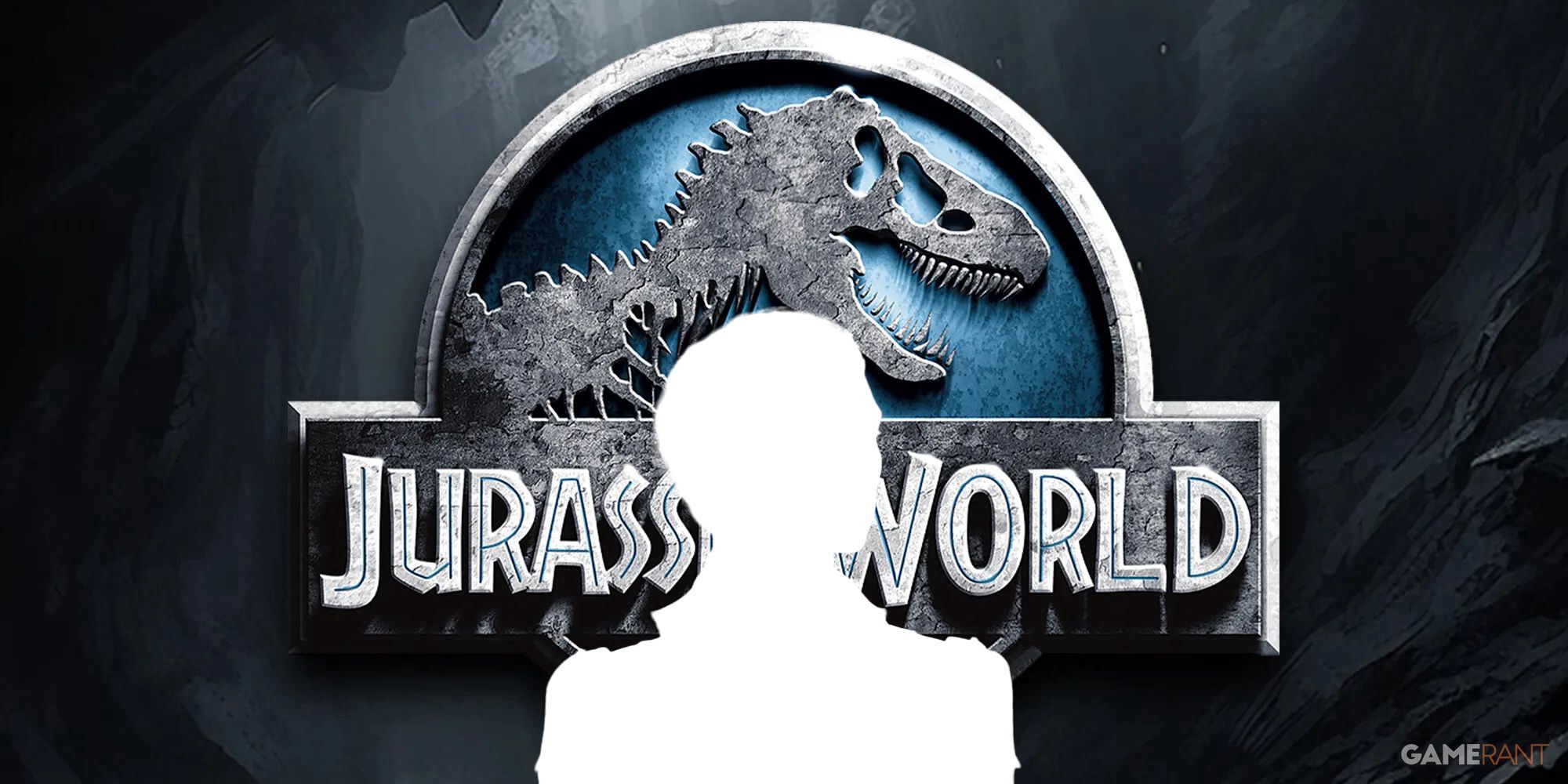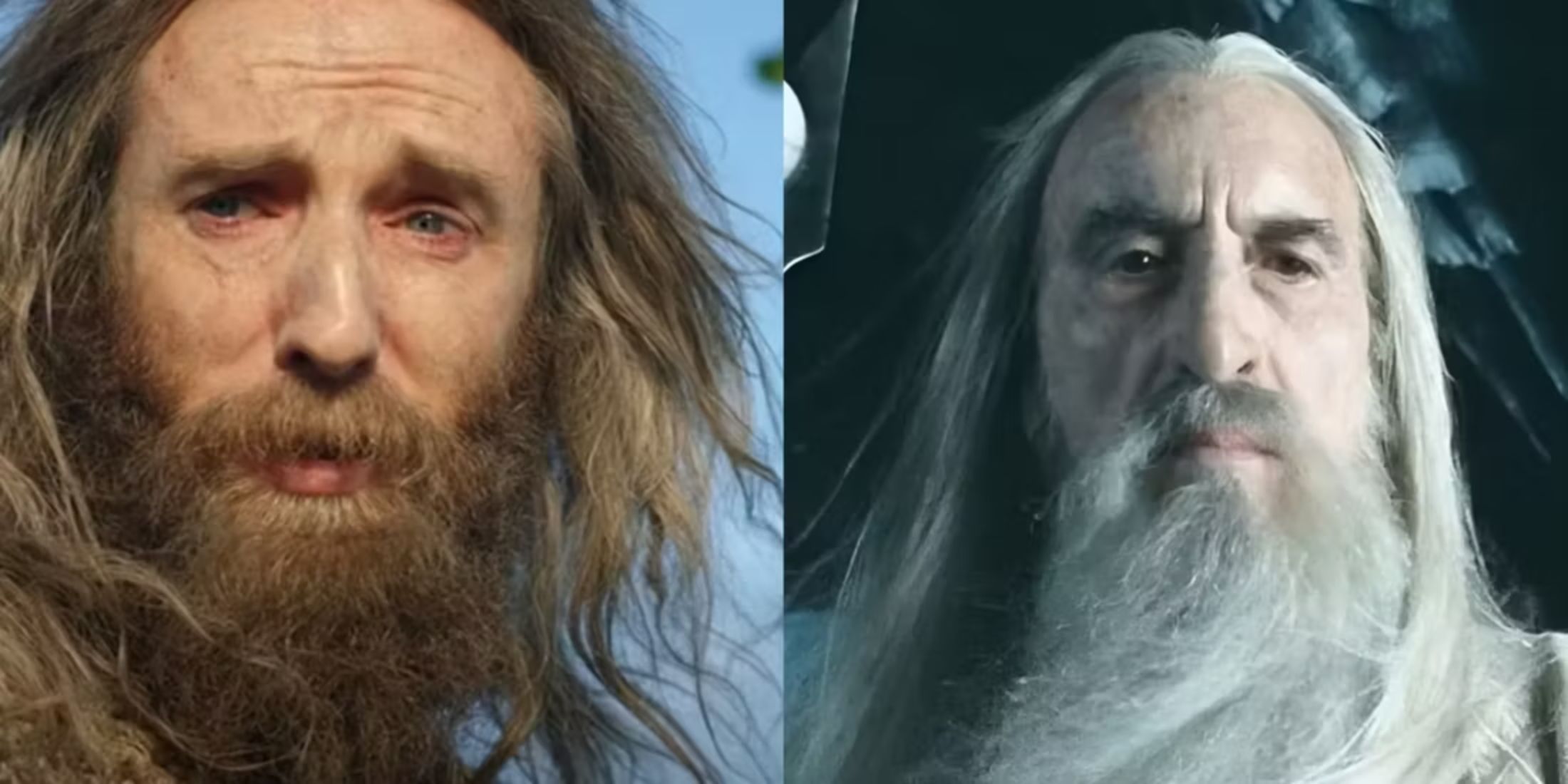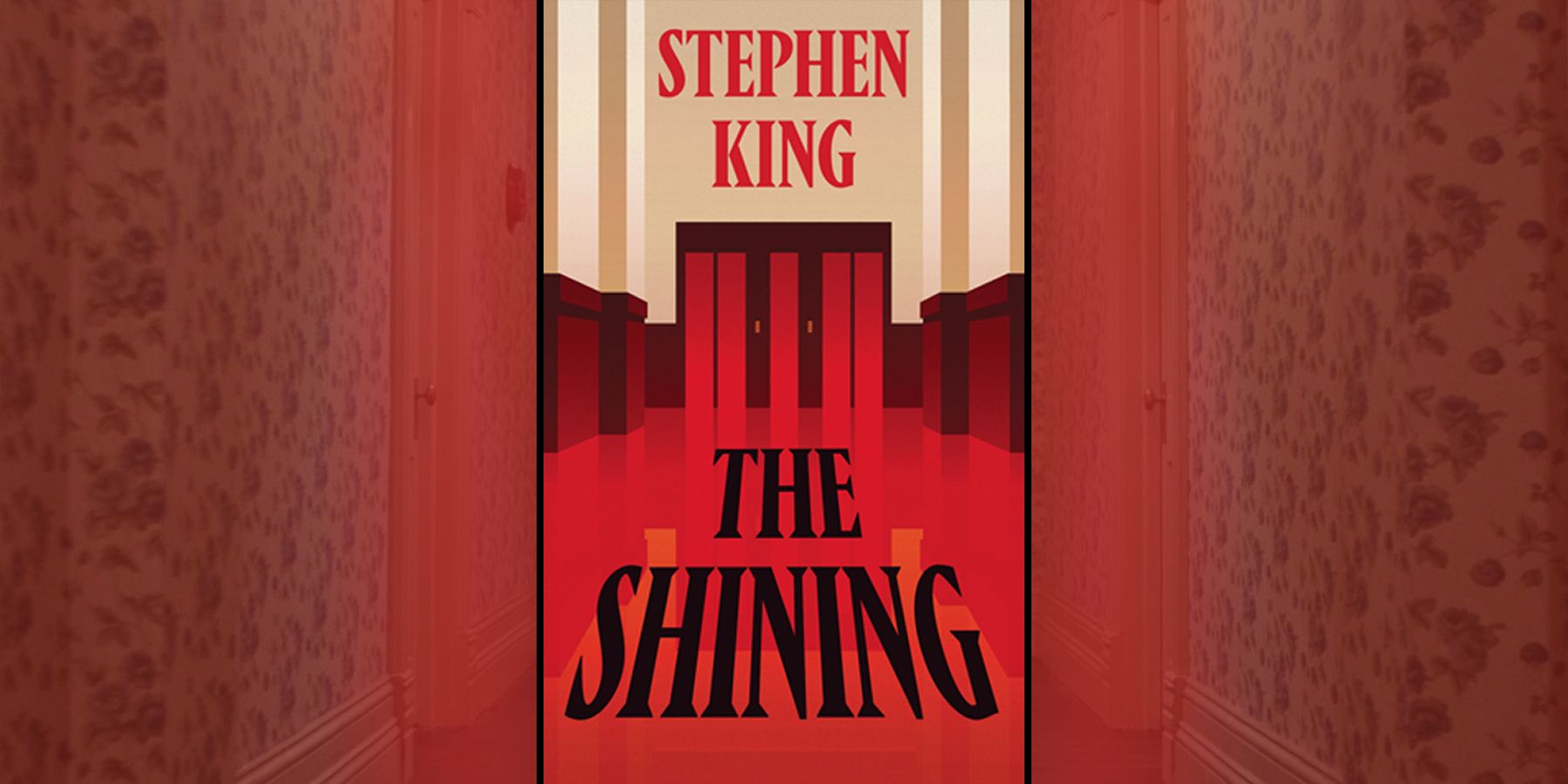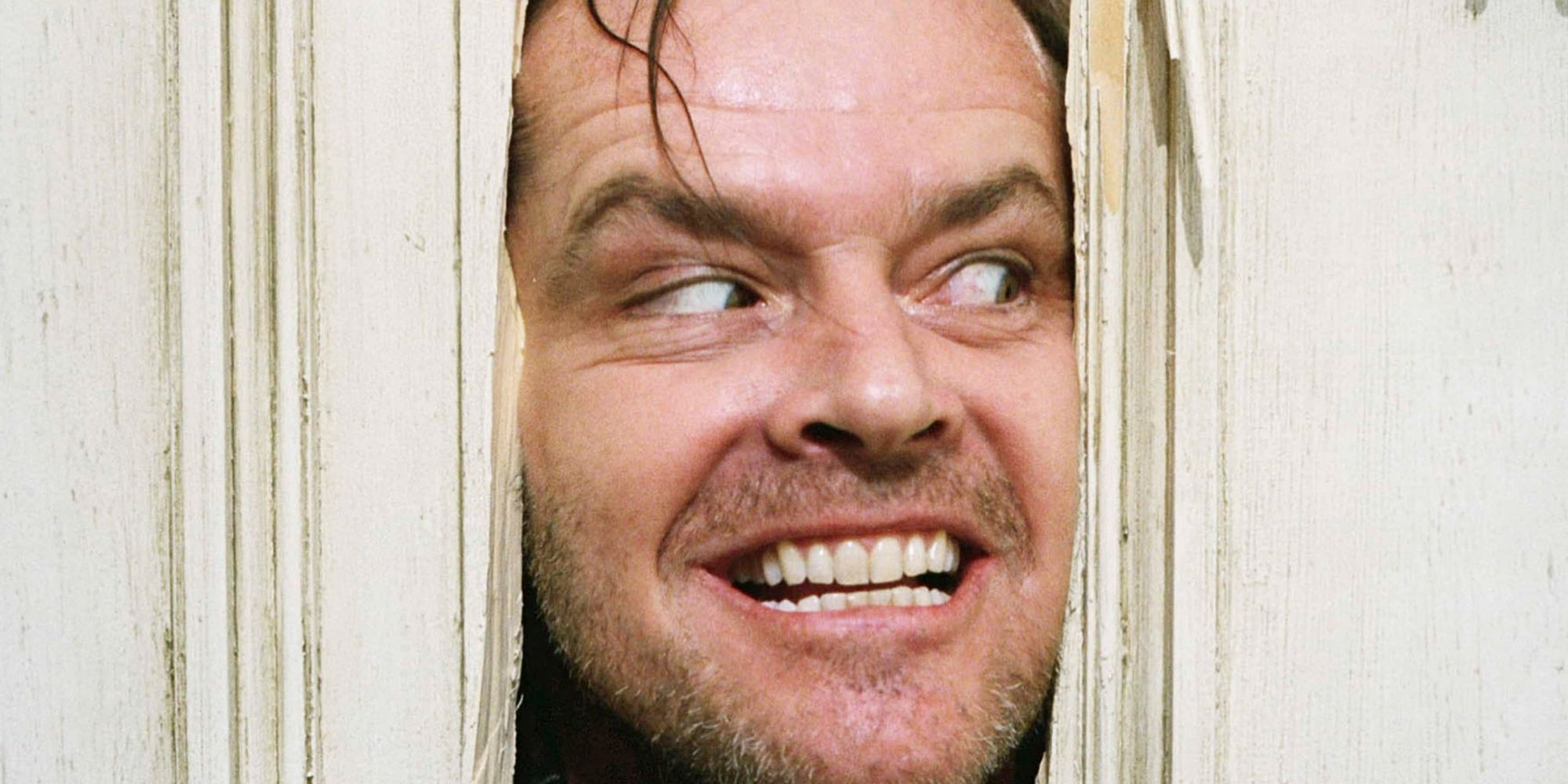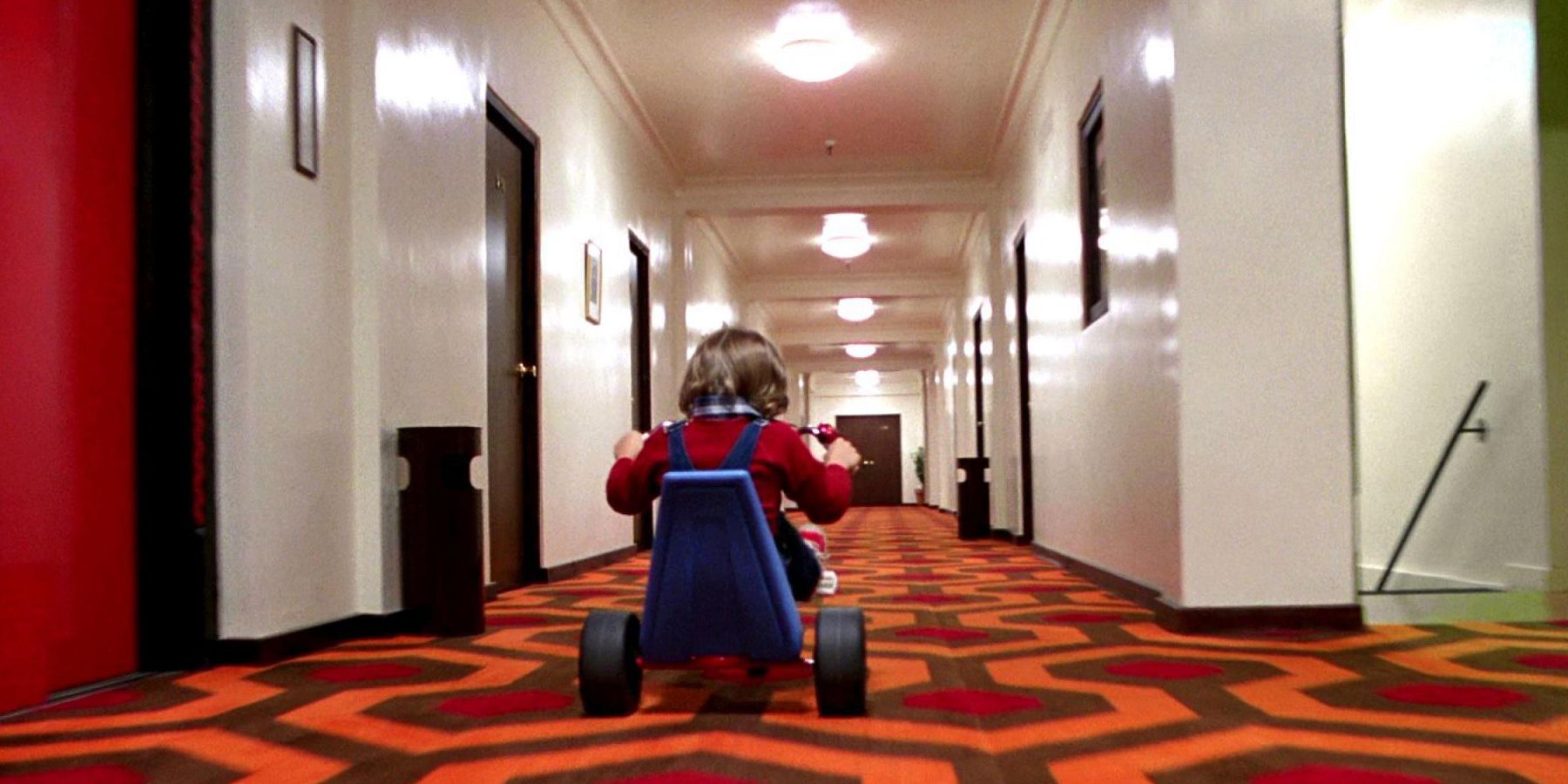The hedge maze. Room 237. The tricycle. “Here’s Johnny!” The Shining, Stanley Kubrick’s adaptation of Stephen King’s novel, is held in high regard among fans of horror, considered by many to be one of the best horror films of all time. Kubrick directed the film in the first frenzy of Stephen King mania, a phenomenon that has recurred periodically throughout the author’s prolific career. The film version of The Shining tells a fairly straightforward horror story, one of an abusive husband and father whose domestic tyranny actualizes rumors of haunting into substantial hotel ghosts.
As an adaptation, however, The Shining is woefully deficient. Kubrick's film is, simply put, not the story that Stephen King told in his book of the same name. In pursuing genre primacy, Kubrick disregarded most of his source material. The result is a failure of adaptation, lacking the subtleties that elevate the book into a chilling work of profound psychological insight. The Shining may be a good movie, but it is not a good adaptation.
The wasps’ nest. The wendigo. The Jimla man. “Hey-ho, let’s go!” As Stephen King has hovered in and out of the cultural mainstream for half a century, die hard book fans and aspiring acolytes have developed their own code by which to identify each other. For many moviegoers, Stephen King is synonymous with the diverse movies and series based on his works; for a handful of bibliophiles, however, these adaptations will never capture the essence of King’s writing. His hauntingly relatable prose and matchless command of mood are as distinctive as his ability to transform absurdly benign objects and occurrences into totems of fear. Still, directors return again and again to his projects, seeking to apply their cinematic mastery to the work of the reigning Master of Horror.
Stanley Kubrick holds a place of rare and well-deserved reverence in cinema history. The director made only thirteen films, yet six of them, nearly half, are considered classics; indeed, four of them appear on AFI’s current list of all-time greatest movies. The rigor that Kubrick applied to achieve such standing has become legend. The Shining, in particular, has long fascinated fans with the trials of its filming (and for subjecting actress Shelly Duvall to a sort of horror meta-narrative), as if the movie’s fraught production were only further testament to Kubrick’s genius.
Yet The Shining is, notably, excluded from the AFI list. This may not surprise book fans: Jack Torrance’s journey into madness is less of a descent and more of shallow hop, accompanied by crabbed images and an endlessly-keening soundtrack. The movie lacks suspense, trading tension for an aesthetic assault that browbeats the audience with its horror message.
The Excedrin. The topiaries. The boiler. “REDRUM!” Stephen King’s The Shining is a slow-burning tale of a man who fears his own capacity for evil, who is haunted as much by the ghost of his own abusive father as he is by the ghosts of the hotel. Jack Torrance is not altogether unsympathetic as a protagonist; the malevolent ghosts around him gradually erode his ability to resist his own malevolence, until he becomes the very thing that he fears — and in the end is destroyed by his own, inevitable violence. The omnipresent hotel boiler reinforces Jack’s arc and its tragic conclusion. Even as he is consumed by inevitable rage, the Overlook Hotel is consumed, along with its ghosts, by the inexorable explosion of the neglected boiler.
Stephen King has spoken candidly about Kubrick’s misinterpretation of his seminal novel, even stating in The Shining’s prologue that he and Kubrick “came to different conclusions” about the driving force behind Jack’s haunting. Kubrick, too, was quite candid on the subject, stating in interviews that he intentionally distilled the novel down to its plot, discarding elements that he considered “weak.” This claim rings a bit hollow, however, to book fans, for whom the most gripping scenes are entirely absent from the movie.
One such missing scene that highlights this issue is Danny’s nail-biting flight from murderous topiaries. The high-pitched visual and dramatic horror of Kubrick’s Shining has moments of fear, but it is the obvious fear of a man with an axe, not the subtle fear of pernicious shrubs which (much like Doctor Who’s Weeping Angels) only move when their target looks away. Those shrubs are trying to kill a child, but their faint suggestion of madness, even in the face of a salient threat, is what soaks into the reader’s subconscious. That's what keeps the fear real long after the book has been safely tucked into the freezer.
In shaping the plot of The Shining into the story he would rather tell, Kubrick eliminated scenes of intense symbolism, eviscerating any thematic layers they carried. The wasps’ nest, for instance, is a critical foreshadowing of Jack’s unraveling, demonstrating symbolically the learned aspect of abuse while representing literally the self-hatred that feeds Jack’s abusive tendencies. It is a pivotal moment of contextualization within King’s story, tying Jack’s past outbursts to his present insecurity to his future violence. The movie, on the other hand, has no wasps’ nest and no scenes that replace it. Kubrick chose, instead, to establish Jack as a committed abuser from the outset, flattening his character into one trait. Wendy, too, has been flattened into another victim of Jack’s abuse, a mother who cannot protect her child from an abusive father. Everything, in fact, is just a little flatter in Kubrick’s Shining. There is a plot to the movie, but it has no layers of theme or character to invite emotional investment from the audience.
The harmonic past. The soil of a man’s heart. The shining. “Come out and take your medicine!” Several of Stephen King’s defining horror novels are built around distinct ideas. Each story has a central thesis (usually a variation on the overarching idea of fear), expressed through one or more refrains that repeat in characters’ minds. Though the forces propelling King’s characters along their misbegotten paths are unnatural, the conflicts within characters are vicissitudes of human nature. King uses the refrains to reconcile these parallel struggles, to integrate the unnatural with the essential. In The Shining, as Jack grapples simultaneously with the ghosts of the hotel and the ghosts within himself, the refrain, “Take your medicine,” is a touchstone for mental decline. It begins as a memory that haunts him with its suggestion of violence, becoming a motivation for his violent acts. Jack’s story is compelling because it resonates with the audience: it is the tragic story of an abuse victim trying not to become an abuser himself.
This resonance is also what makes the story frightening. The sympathetic portrayal invites readers to care about Jack, to hope that he frees himself from the ghosts. Characterizing Jack as more man than monster, King invites readers, by extension, to consider their own ghosts — to hope that they, too, can grow beyond their own antagonists, exorcise their own malevolent inclinations. The fear comes from relating to Jack’s journey toward madness, rather than experiencing the secondhand terror of watching a madman.
Kubrick, on the other hand, chose this latter approach, leaning on hyperstylized images and unrelenting sound to instill fear in the audience. But the images are empty, the sounds vacuous, because they contribute no meaning to the actual narrative. They ask nothing of the audience, besides passive observation. The Shining’s greatest failure as an adaptation lies in Kubrick’s failure to actually comprehend the source material; instead of adapting King’s novel, he merely co-opted its setting and some of its plot points (and the popularity associated with its title) to tell his own story — a story entirely devoid of Stephen King.


